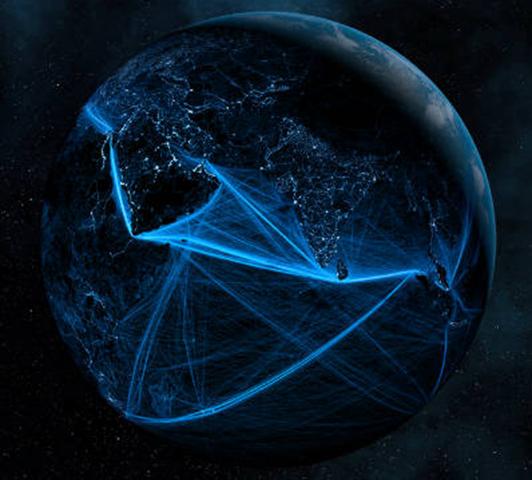Take Big History: A Free Short Course on 13.8 Billion Years of History, Funded by Bill Gates

Last month, The New York Times Magazine published a long piece called “So Bill Gates Has This Idea for a History Class …”, which begins with these very words:
In 2008, shortly after Bill Gates stepped down from his executive role at Microsoft, he often awoke in his 66,000-square-foot home on the eastern bank of Lake Washington and walked downstairs to his private gym in a baggy T-shirt, shorts, sneakers and black socks yanked up to the midcalf. Then, during an hour on the treadmill, Gates, a self-described nerd, would pass the time by watching DVDs from the Teaching Company’s “Great Courses” series. On some mornings, he would learn about geology or meteorology; on others, it would be oceanography or U.S. history.
As Gates was working his way through the series, he stumbled upon a set of DVDs titled “Big History” — an unusual college course taught by a jovial, gesticulating professor from Australia named David Christian. Unlike the previous DVDs, “Big History” did not confine itself to any particular topic, or even to a single academic discipline. Instead, it put forward a synthesis of history, biology, chemistry, astronomy and other disparate fields, which Christian wove together into nothing less than a unifying narrative of life on earth.
Captivated by Dr. Christian’s ability to connect big and complex ideas, Gates thought to himself, “God, everybody should watch this thing!” And, soon enough, the philanthropist contacted the professor and suggested making “Big History” available as a course in high schools across the US (with Bill footing the bill.)
In 2011 the Big History Project, a course with a significant digital component, was piloted in five high schools. Now, a few years later, it’s being made freely available, says the Times, “to more than 15,000 students in some 1,200 schools, from the Brooklyn School for Collaborative Studies in New York to Greenhills School in Ann Arbor, Mich., to Gates’s alma mater, Lakeside Upper School in Seattle. And if all goes well, the Big History Project will be introduced in hundreds of more classrooms by next year and hundreds, if not thousands, more the year after that, scaling along toward the vision Gates first experienced on that treadmill.”
Why do I tell you this? Partly because the Big History Project is open to you as well. On the Big History website, you will find a public course, offering a four-to-six hour tour of Big History. It’s an abbreviated introduction to 13.8 billion years of history. I could think of less efficient ways to spend an afternoon.
After you’re done, if you want to fill in a few gaps, don’t miss our collection: 1000 Free Online Courses from Top Universities. It covers history, biology, physics and all of the rest. Or splurge for the original Big History course from the Great Courses, which inspired the whole Big History Project.
 Follow
Follow